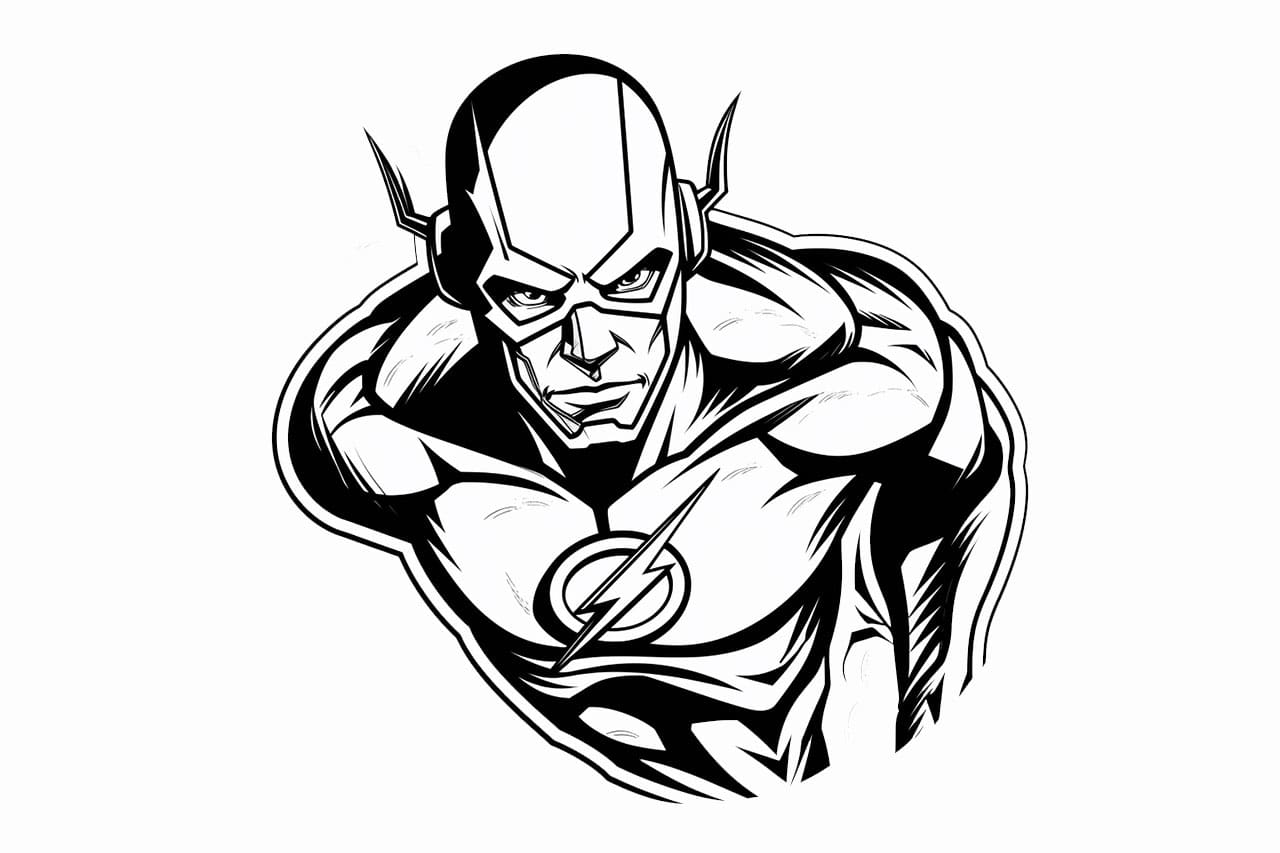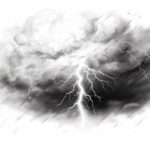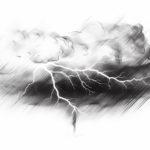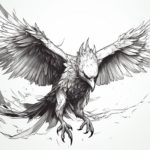
Are you ready to embark on an exciting artistic adventure? Welcome to this comprehensive guide on how to draw Flash, one of the most dynamic and beloved superheroes from DC Comics. In this tutorial, you will discover step-by-step instructions that will empower you to capture the thrilling essence of the Scarlet Speedster. Drawing Flash isn’t just about putting pencil to paper; it’s about bringing to life a character known for his unparalleled speed, agility, and charismatic personality.
Whether you’re a novice eager to learn the basics or an experienced artist looking to refine your skills, this guide caters to all levels of expertise. With clear and concise instructions, you’ll find yourself picking up valuable techniques as you progress through the drawing process. So gather your materials, unleash your creativity, and prepare to create an action-packed representation of Flash that jumps off the page!
Before we dive in, let’s ensure you have everything you need at hand. From sketchbooks to high-quality pencils, having the right tools will allow your artistic vision to flow seamlessly. So grab your supplies, and let’s get started on this electrifying journey to bring Flash to life in your artwork!
Materials Required:
Before we dive into the process, let’s make sure you have all the necessary materials to create your Flash drawing. You will need:
- Drawing paper or sketchbook
- Pencils (HB, 2B, 4B)
- Eraser
- Fine-tip markers or pens
- Colored pencils or markers (optional)
Having these materials ready will ensure a smooth drawing experience and allow you to explore different techniques and styles.
Step 1: Sketching the Basic Proportions
To start, lightly sketch the basic proportions of Flash’s body. Begin with a circle for the head and approximate the placement of the shoulders with two horizontal lines. Add a vertical line down the middle of the face to help with facial features later on. Next, draw two lines for the neck and shoulders.
Step 2: Outlining the Face and Mask
Using your sketch as a guide, refine the shape of Flash’s face with more defined lines. Pay attention to his distinctive mask, which covers his eyes and extends to the sides of his face. Draw the eyes within the mask, making sure to capture his intense gaze.
Step 3: Adding the Logo and Emblem
Flash is known for his lightning bolt logo and emblem. Draw the lightning bolt on the chest area, extending it from the shoulders down towards the waist. Add the smaller lightning bolt emblem on his belt or waistline. These symbols are an integral part of his costume and will add a dynamic touch to your drawing.
Step 4: Sketching the Torso and Arms
Now let’s focus on Flash’s upper body. Sketch the torso, paying attention to the muscles and contours. Use your reference image or imagination to determine the pose and the movement of the character. Add the arms, making them proportional to the body and incorporating the iconic forearm lightning bolts.
Step 5: Drawing the Legs and Boots
Next, move on to the lower body. Sketch the legs, keeping in mind the natural movement and the sense of speed that Flash embodies. Pay attention to the muscle structure and the placement of the knee joints. Complete the lower body by drawing the boots, emphasizing their sleek design.
Step 6: Adding Details and Features
At this stage, add the details that will bring your Flash drawing to life. Refine the facial features, paying attention to the eyes, nose, and mouth. Include the lightning-shaped earpieces on Flash’s mask to complete the look. Don’t forget the lines that emphasize the contours of his muscles and the seams on his costume.
Step 7: Inking the Drawing
Once you are satisfied with your sketch, it’s time to ink your drawing. Use fine-tip markers or pens to carefully trace over the pencil lines. Start with the facial features and work your way down, ensuring clean, confident lines. Take your time and let the ink dry before erasing the underlying pencil marks.
Step 8: Adding Shadows and Highlights
To give your drawing depth and dimension, add shadows and highlights. Imagine a light source and determine where the shadows would fall on Flash’s body. Use cross-hatching or stippling techniques with your pencils to create the desired shading effect. Add highlights with an eraser or white colored pencil to make certain areas pop.
Step 9: Coloring (Optional)
If you prefer a colored version of your Flash drawing, you can use colored pencils or markers to bring it to life. Choose vibrant shades for the lightning bolts, costume, and boots. Pay attention to color contrasts to make certain areas stand out. Take your time and layer the colors to achieve the desired effect.
Tip: To effectively capture the dynamic essence of Flash, focus on mastering motion lines and dynamic poses. Start by sketching Flash in an action pose, emphasizing the forward lean of his body to convey speed. Use light pencil strokes to create motion lines that trail behind him, which will enhance the feeling of rapid movement—think of lines that follow the direction of his limbs and the flow of his costume. A great tool for this is a fine-tipped pen or a brush pen that can help you define these lines once you’re satisfied with your sketch. Remember to keep your lines fluid and confident, as this will add to the overall energy and excitement of your drawing!
Conclusion
Congratulations! You have successfully completed your drawing of Flash, capturing the speed and power of this beloved superhero. By following these step-by-step instructions, you have learned how to sketch the proportions, outline the features, add key details, and bring your drawing to life with inking, shading, and optional coloring. Remember, practice is key, so keep honing your skills and exploring different techniques to refine your artwork. Now, go ahead and unleash your creativity, and have fun drawing Flash!
Fun Facts About Flashes
- Flashes of lightning are a result of the equalization of regions of opposite electrical charge within clouds or between clouds and the ground.
- The average flash of lightning contains enough energy to toast 100,000 slices of bread!
- A typical flash of lightning occurs in less time than it takes to blink an eye, yet emits a spectacular amount of light and energy.
- Flashes of lightning can reach temperatures up to 30,000 Kelvin (53,540 degrees Fahrenheit), which is hotter than the surface of the sun.
- There are different types of lightning flashes, including cloud-to-ground, intra-cloud, and cloud-to-cloud.
- Flashes are not limited to Earth; lightning has been observed on other planets such as Jupiter and Venus.
- During a storm, a lightning flash can travel as far as 10 miles away from the storm center, giving credence to the saying, “When thunder roars, go indoors.”
- The record for the longest reported flash distance occurred in 2007, with a bolt stretching across 199 miles in Oklahoma, USA.
- Flashes can help create nitrogen oxides which fertilize the soil by dissolving in rainwater and falling to the earth.
- The flash of a bolt of lightning can be seen over a hundred miles away by an observer.
Suggestions for Scenes and Settings for Flash Drawings
- Lightning Storm Skyline: Create a dramatic cityscape silhouetted against a backdrop of lightning flashes illuminating the sky.
- Mythical Thunderstorm: Draw a scene depicting gods or mythical creatures harnessing or throwing flashes of lightning across ominous clouds.
- Seaside Storm: Illustrate a stormy ocean with flashes of lightning reflecting off the waves, highlighting ships tossed by the turbulent sea.
- Forest Enchantment: Capture a mysterious forest scene where flashes of lightning briefly illuminate hidden pathways and mystical creatures.
- Chase the Storm: Depict storm chasers in action, with lightning flashes lighting up plains and their equipment as they follow an active storm.
- Lightning Atop Mountains: Create a panoramic view where distant mountain peaks seem to catch flashes of lightning in a high-altitude tempest.
- Urban Rainstorm: Show a busy street during a rainstorm, with pedestrians and cars seen in silhouette by the light of sharp flashes.
- Lightning Field Battle: Design a fantastical battle scene where characters wield or dodge lightning flashes in an open battlefield.
- Space Lightning: Imagine a futuristic scene where astronauts encounter flashes of space lightning amid cosmic clouds and stars.
- Lightning Photography: Illustrate a photographer capturing the perfect shot of a flash of lightning, with the camera lens focusing on nature’s electric display.









